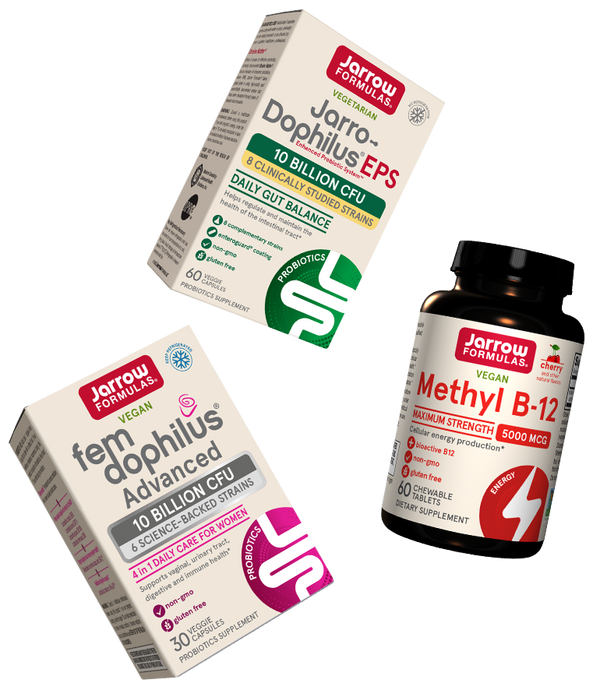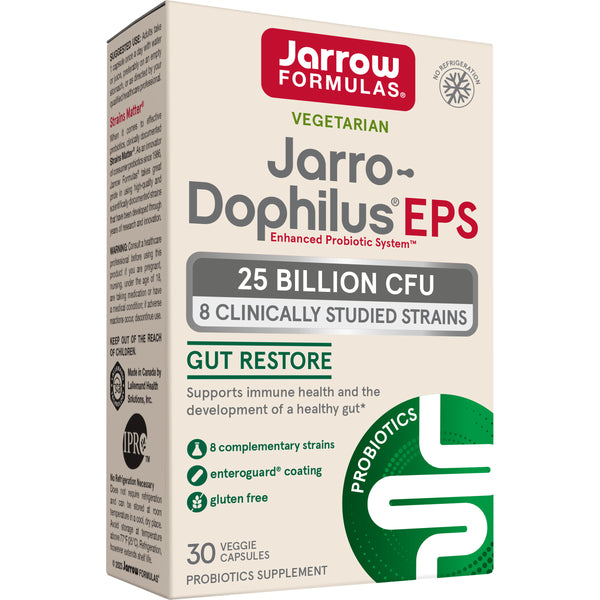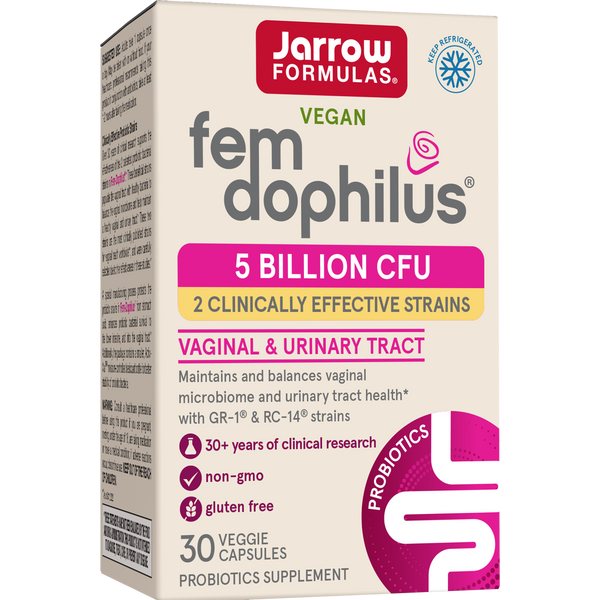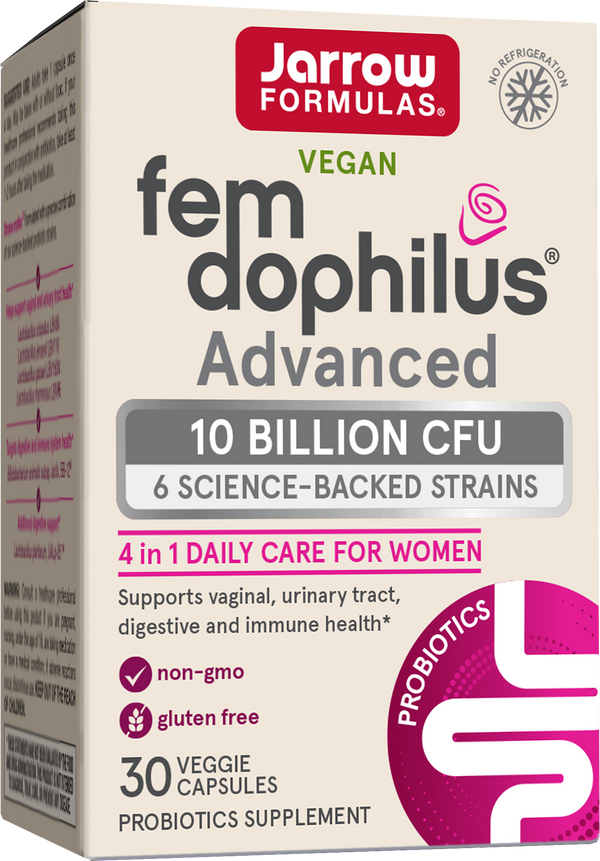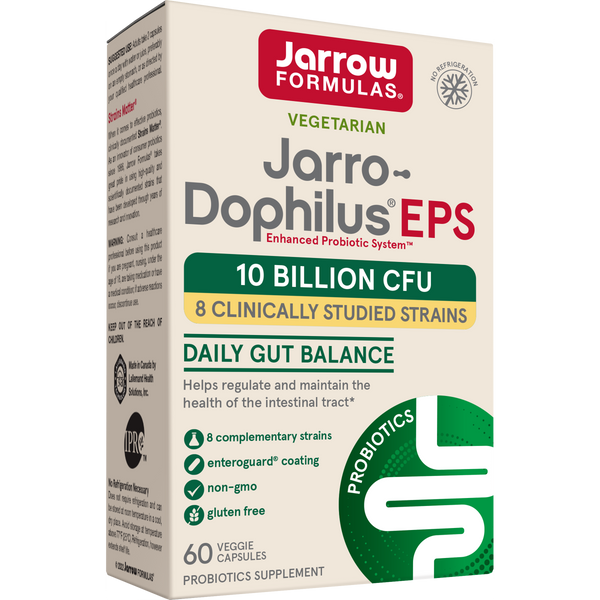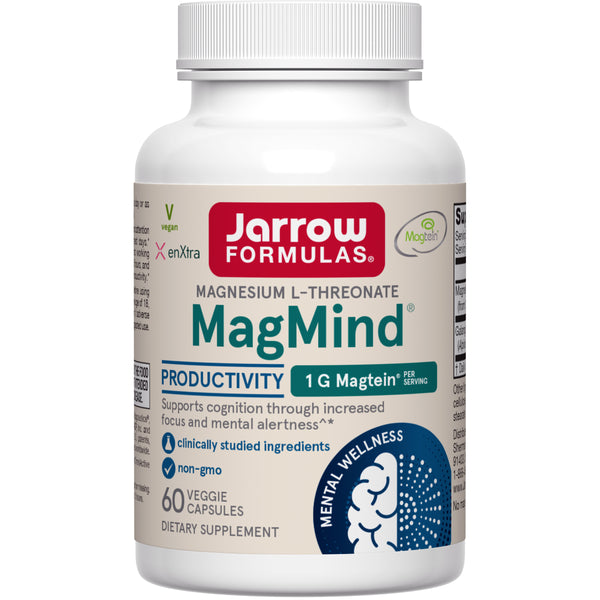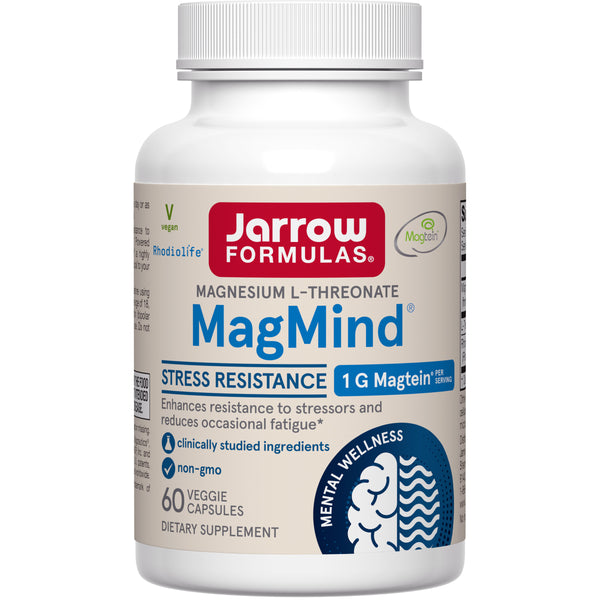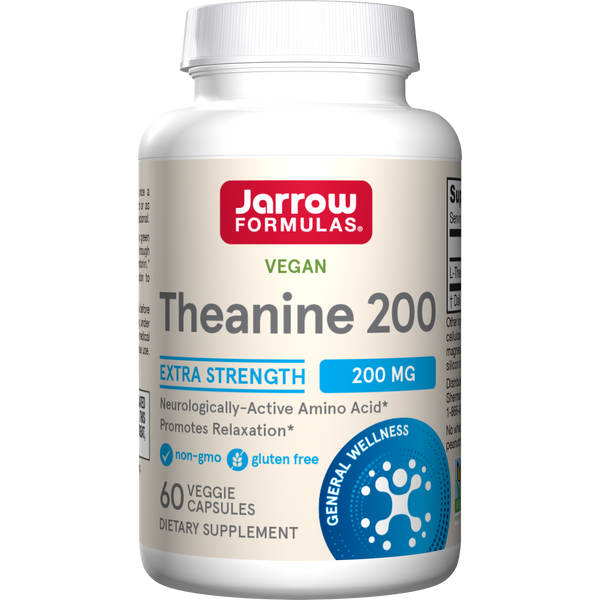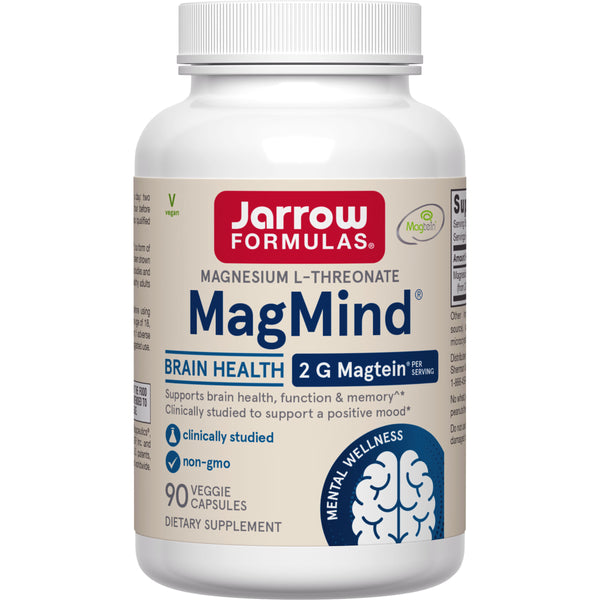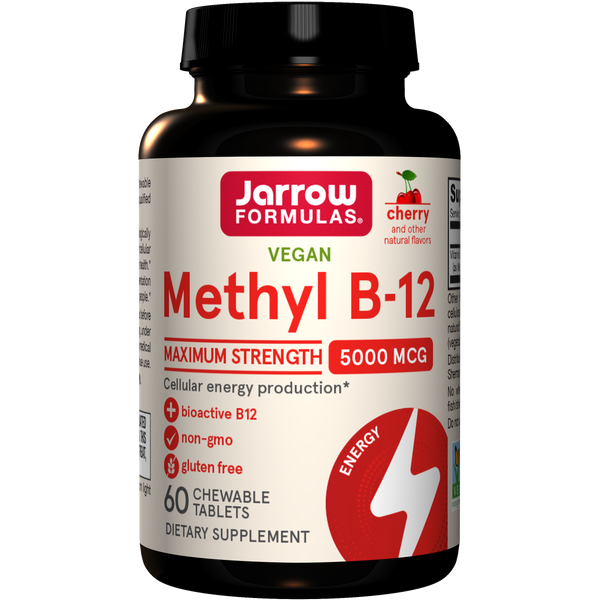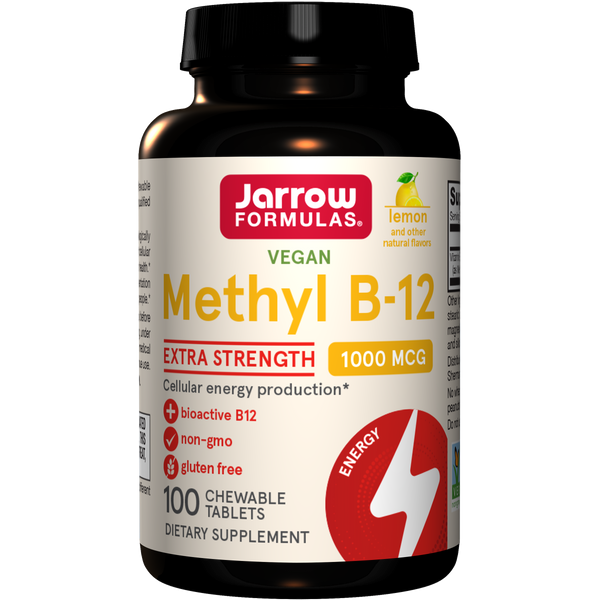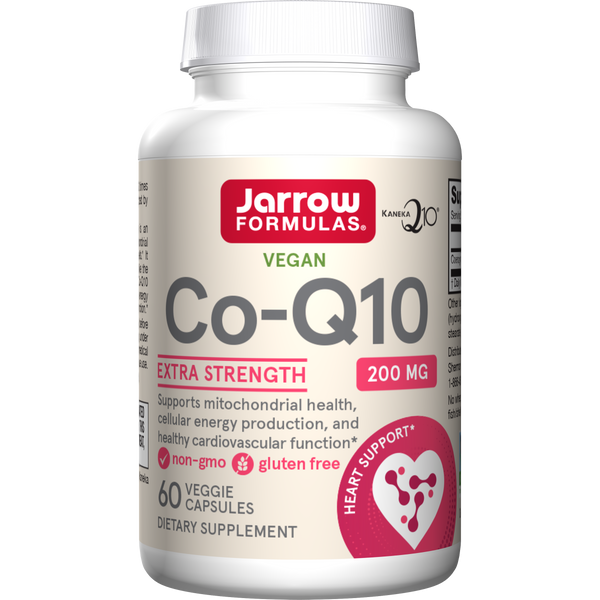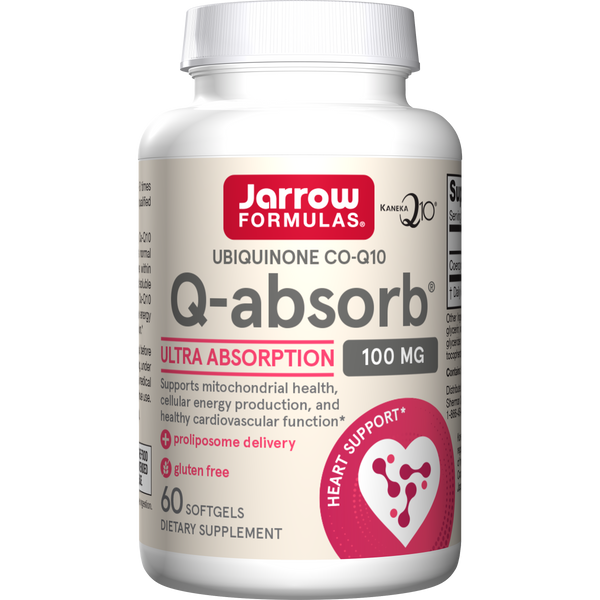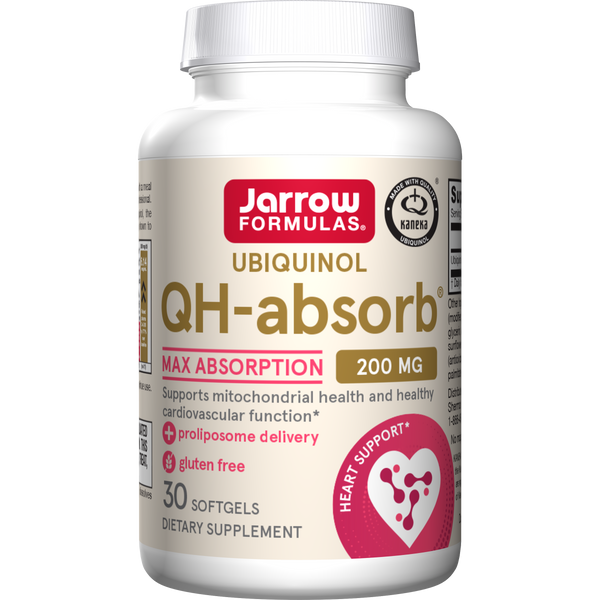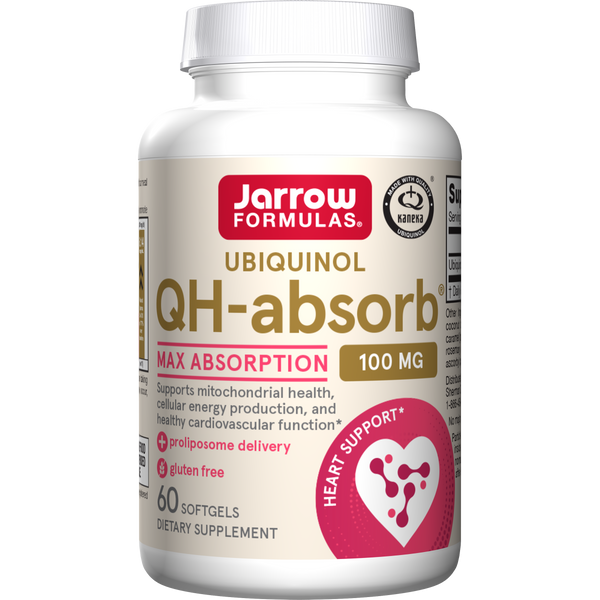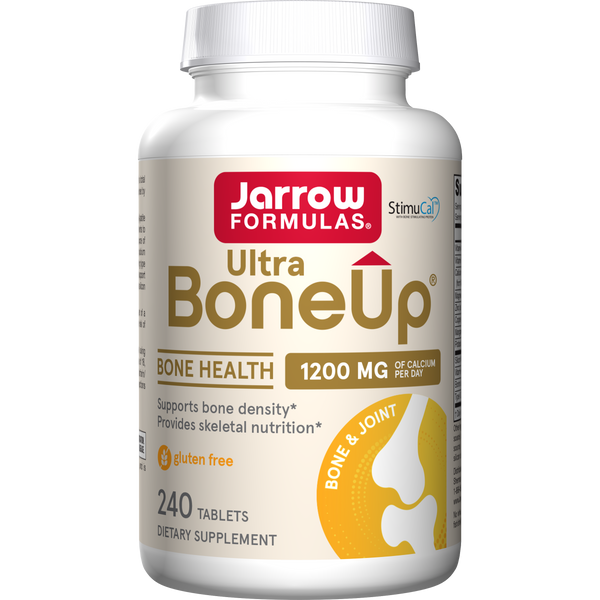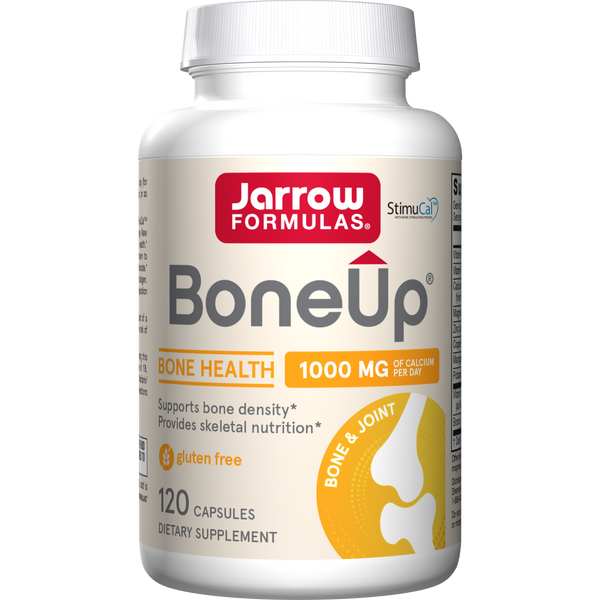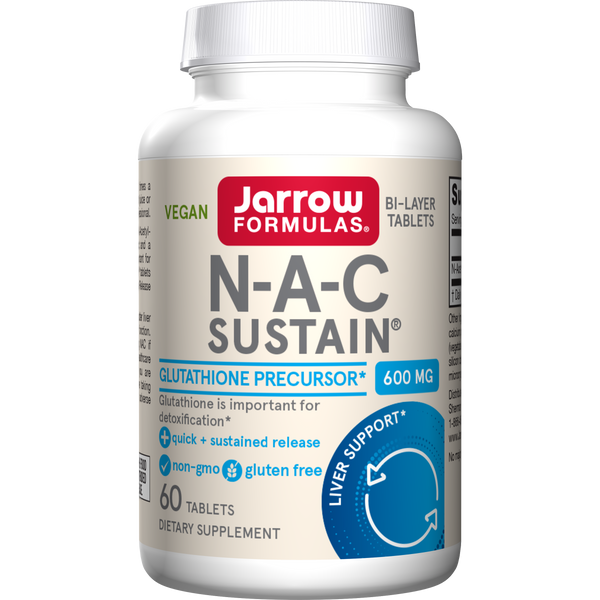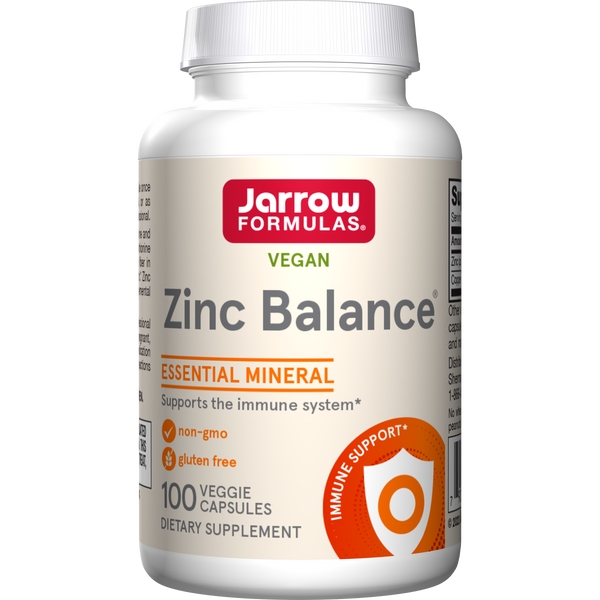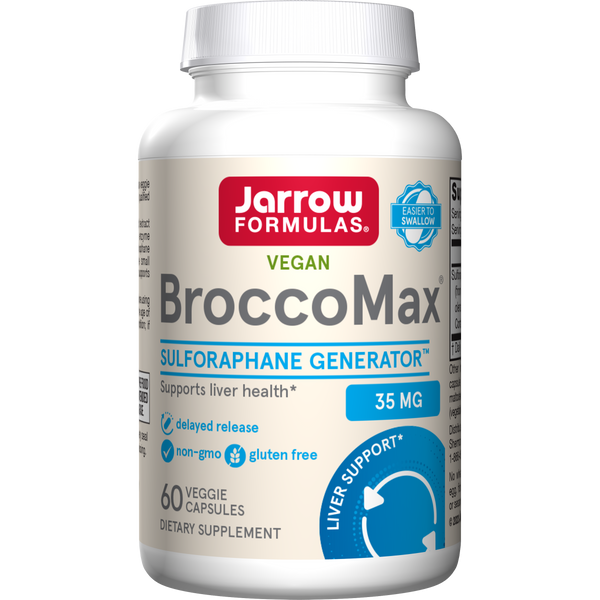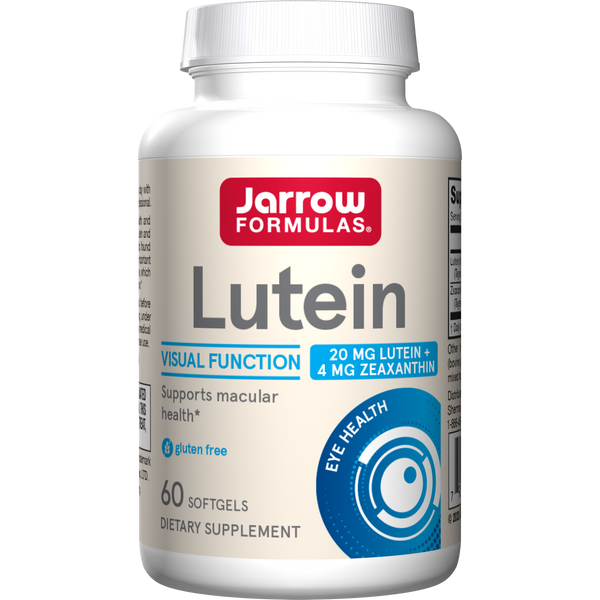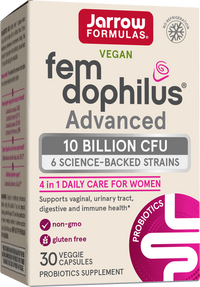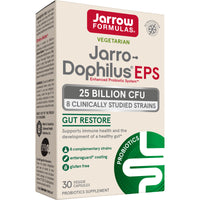Anthocyanins Protect Health in Diabetics
Health Benefits Come in Colors
by Dallas Clouatre, Ph.D.
A recent article in the Journal of Nutrition provides evidence that purified anthocyanins consumed for two years significantly protected diagnosed diabetics against risk factors for some of the most dangerous potential cardiovascular consequences of their condition and improved their ability to handle carbohydrates. Researchers examined risk markers such as low-density lipoprotein cholesterol (LDL), triglycerides, high-density lipoprotein cholesterol (HDL) and oxidative stress as well as insulin resistance.
For many years the recommendation of nutritional authorities has been to consume five-a-day fruits and vegetables, yet relatively few people follow this rule and even those who do often gravitate towards the least nutritious of such foods, such as iceberg lettuce. In fact, it is fruits and vegetables displaying deep colors that generally are most protective, as was shown in this trial with type 2 diabetics. In terms of blood lipids, oxidative stress and insulin response, purified anthocyanins, a source of deep blue and purple colors in foods, demonstrated significant benefits with regard to improved insulin sensitivity and blood lipids and continued to do so even with chronic intake. Pharmaceutical interventions often become less effective over time, hence continued efficacy with continued use itself is an important finding.
Study Summary
Diabetes is associated with various cardiovascular risk factors that typically are found together. The fundamental driver of these risks is thought to be insulin resistance with its immediate consequences including periodically excessive insulin release and elevated blood sugar both in the fasting state and after meals. In this clinical study, 58 diabetic patients were given 160 mg of anthocyanins twice daily or placebo (that is, 29 subjects per arm) for 24 weeks in a randomized, placebo-controlled, double-blinded trial. The anthocyanins were derived from blueberries and huckleberries.
Various blood tests were conducted to evaluate risk markers. The medical consensus regarding the health significance of these factors presently is in a state of change. The usual thought is that LDL cholesterol is “bad,” in part, because it may penetrate and damage the artery walls, whereas HDL cholesterol is “good” because it helps the liver remove LDL cholesterol from the blood. Triglycerides carry fatty acids in the blood with the excess being stored in fat cells and high levels also causing the blood to become more “thick” and clot too readily. Apolipoproteins are proteins that bind lipids for transport. Oxidative stress is important as a measure of the imbalance between oxygen and other damaging reactive molecules and the body’s ability to neutralize these and their metabolites and damage. In diabetes, HDL typically falls, especially its ratio with LDL, whereas the other factors increase leading to greater risks of cardiovascular disease.
In this trial, anthocyanin supplementation significantly decreased serum LDL cholesterol by 7.9%, triglycerides by 23.0%, apolipoprotein (apo) B-48 by 16.5% and apo C-III by 11.0% whereas it increased HDL cholesterol by 19.4% compared with placebo after the 24-wk intervention. Antioxidant status in terms of the ability to manage oxidative stress improved. Carbonylated proteins (formed due to oxidative stress) in the anthocyanin group were significantly less than in the placebo group (23.4%, 25.8%, respectively). Supplementation with anthocyanin lowered fasting plasma glucose by 8.5% and reduced the insulin resistance index by 13%. Serum adiponectin, which is reduced in diabetics, increased by 23.4% and β-hydroxybutyrate increased by 42.4% compared with placebo. The researchers concluded that these findings “demonstrate that anthocyanin supplementation exerts beneficial metabolic effects in subjects with type 2 diabetes by improving dyslipidemia, enhancing antioxidant capacity, and preventing insulin resistance.”
Anti-oxidant Vitamins More Effective When Combined with Plant Compounds
People whose diet is rich in fruits and vegetables consume not only antioxidant vitamins, such as the well-known vitamins C and E, but also various compounds chemically termed “polyphenols,” a category that includes anthocyanins. Many of the benefits derived from eating such diets may be the result of synergism between plant polyphenols and the better-known vitamin antioxidants. Plant polyphenols are the active antioxidant compounds found in berries, tea, wine and grapes. A number of scientific analyses have shown that adding polyphenols to vitamin antioxidants may improve results. One classic example involves vitamin C and the discovery in the last century of what, at the time, was called “vitamin P.” Lack of vitamin C causes scurvy, which can be prevented by adding vitamin C to the diet. Interestingly, in cases of extreme long-term deficiency, adding “vitamin P” to the diet, meaning polyphenols related to anthocyanins and which can yield anthocyanins when consumed (the literal meaning of proanthocyanin), greatly improves results.
Overwhelming evidence supports the belief that excessive oxidation and free radical damage is linked to various disease states and even to aging. Animal trials long have borne this out. Demonstrating similar protection in human trials, however, can be more difficult and expensive, hence are more rare, which is one reason that the current trial stands out. A relatively small amount of berry-derived anthocyanins –– 160 mg taken twice per day –– proved to be significantly effective in protecting against a wide range of factors in subjects who already suffered from metabolic dysfunction. The fact this approach is extremely safe and led to no significant negative side effects over a two-year period is extremely encouraging.
Getting Enough Polyphenol Nutrition
Federal nutrition guidelines for years have stressed the importance of consuming fruits and vegetables, suggesting at least five servings per day of these foods. However, one survey of the top five fruits and vegetables consumed by Americans made the disconcerting finding that the winners on the list were iceberg lettuce, tomato products, French fries, bananas, orange juice and onions. Good choices for anthocyanin sources (almost always whole fruit, not juices) include bilberries, blueberries and related berries, black and red raspberries, cranberries, strawberries, plums (the skins), dark grapes and cherries. Some other foods are surprising sources, including black rice, the peel of eggplant, red cabbage and red-fleshed peaches. More recently available purple carrots, purple corn and purple potatoes also can be added to this list.
Li D, Zhang Y, Liu Y, Sun R, Xia M. Purified anthocyanin supplementation reduces dyslipidemia, enhances antioxidant capacity, and prevents insulin resistance in diabetic patients. J Nutr. 2015 Apr;145(4):742-8.
